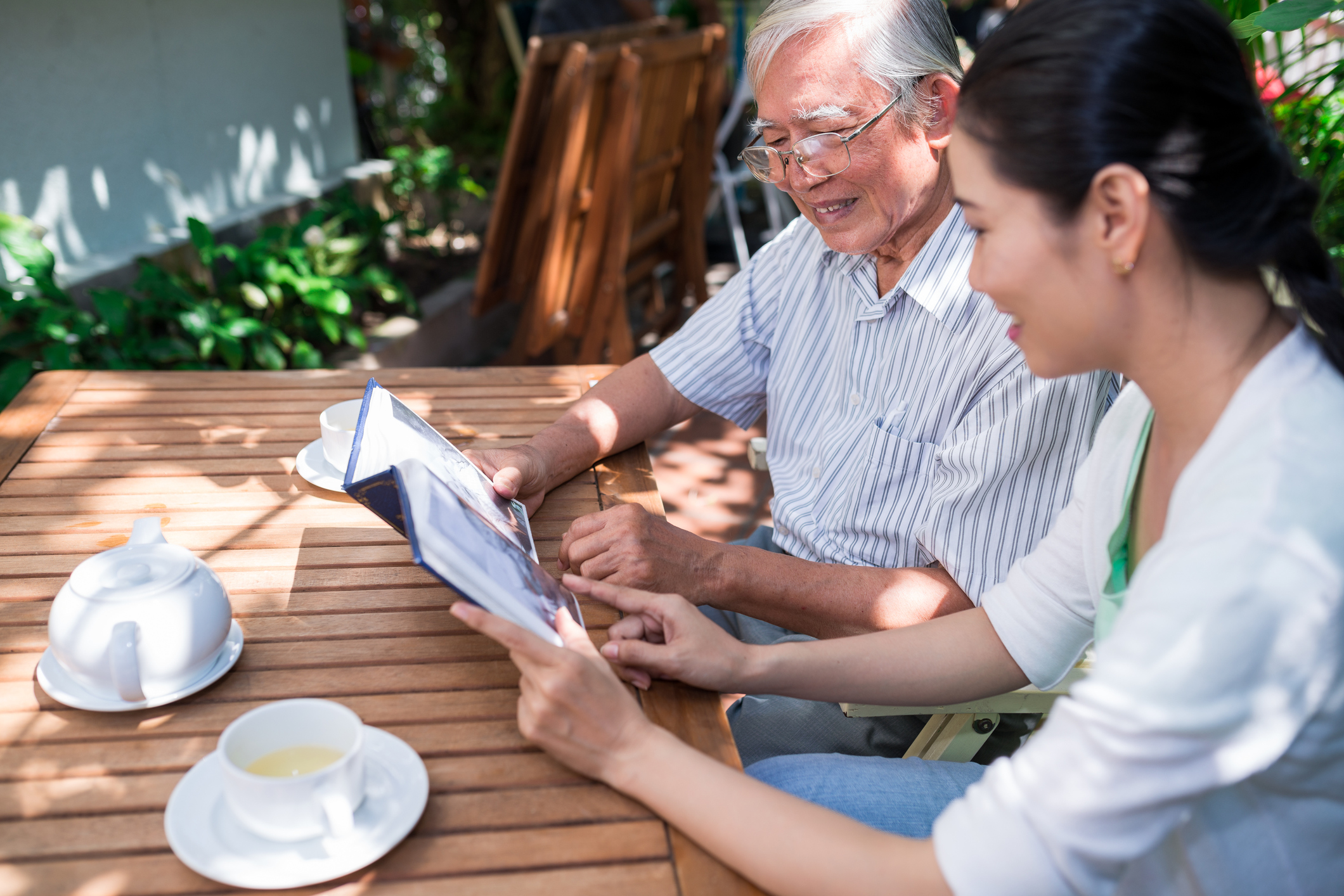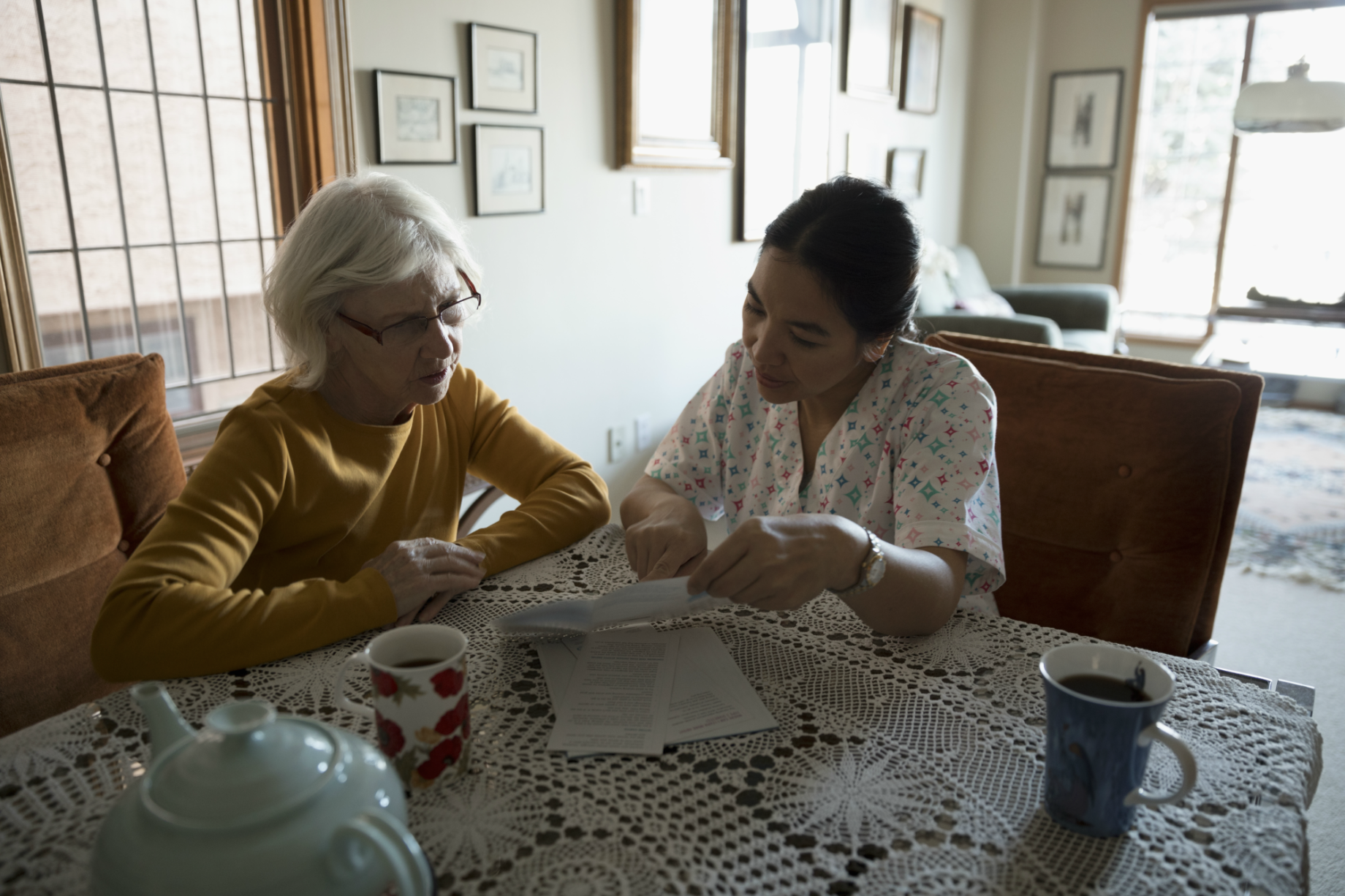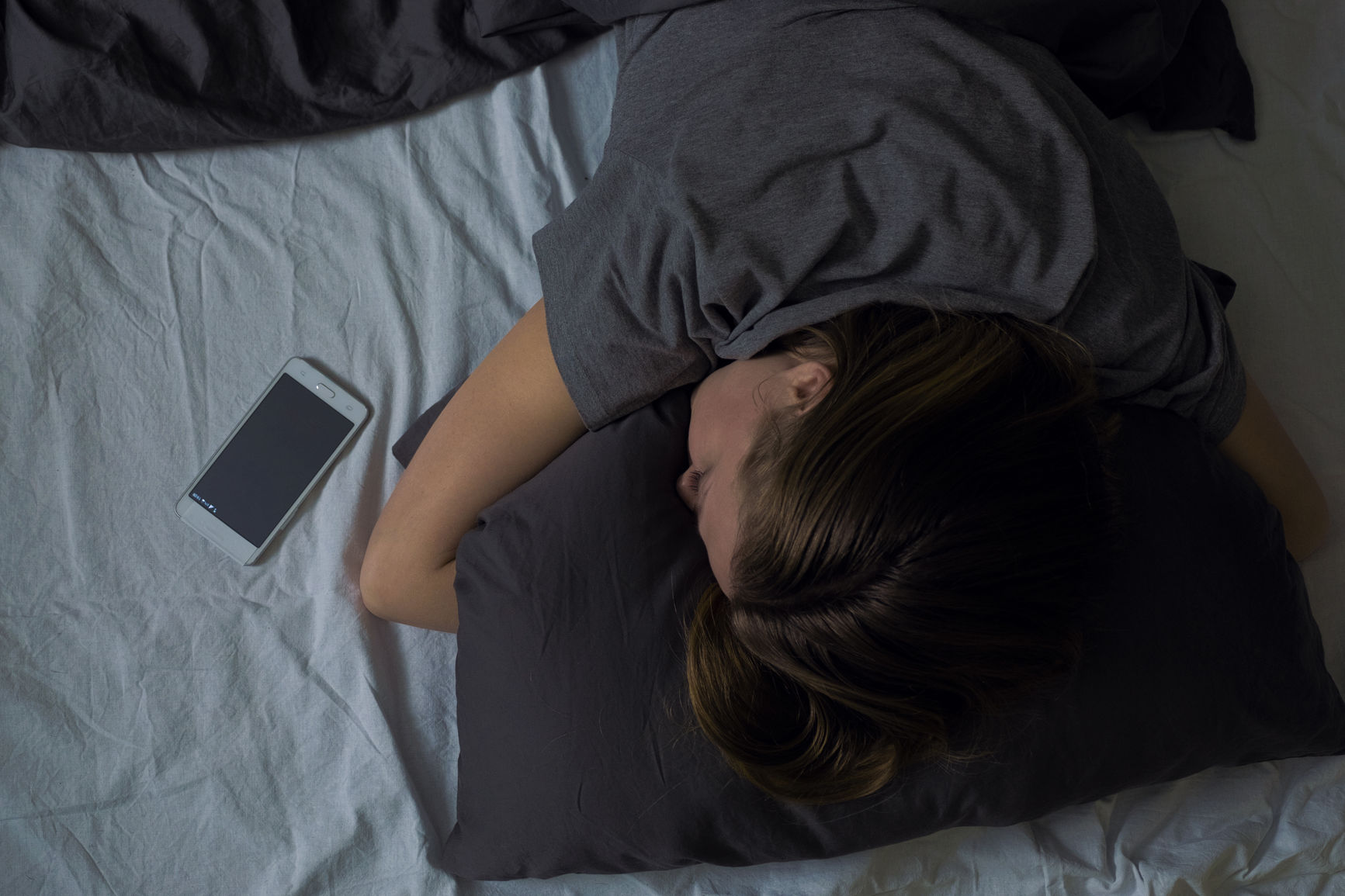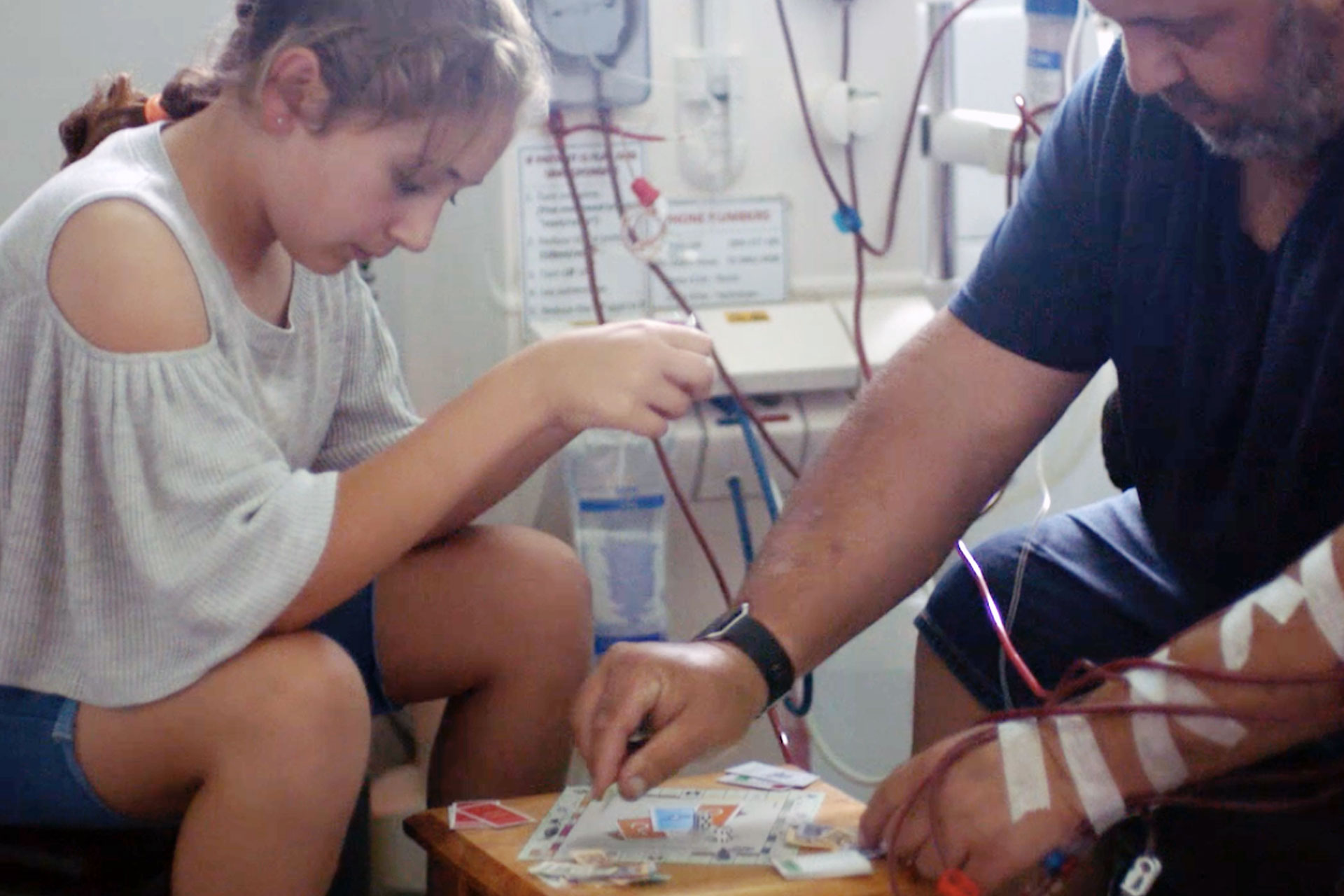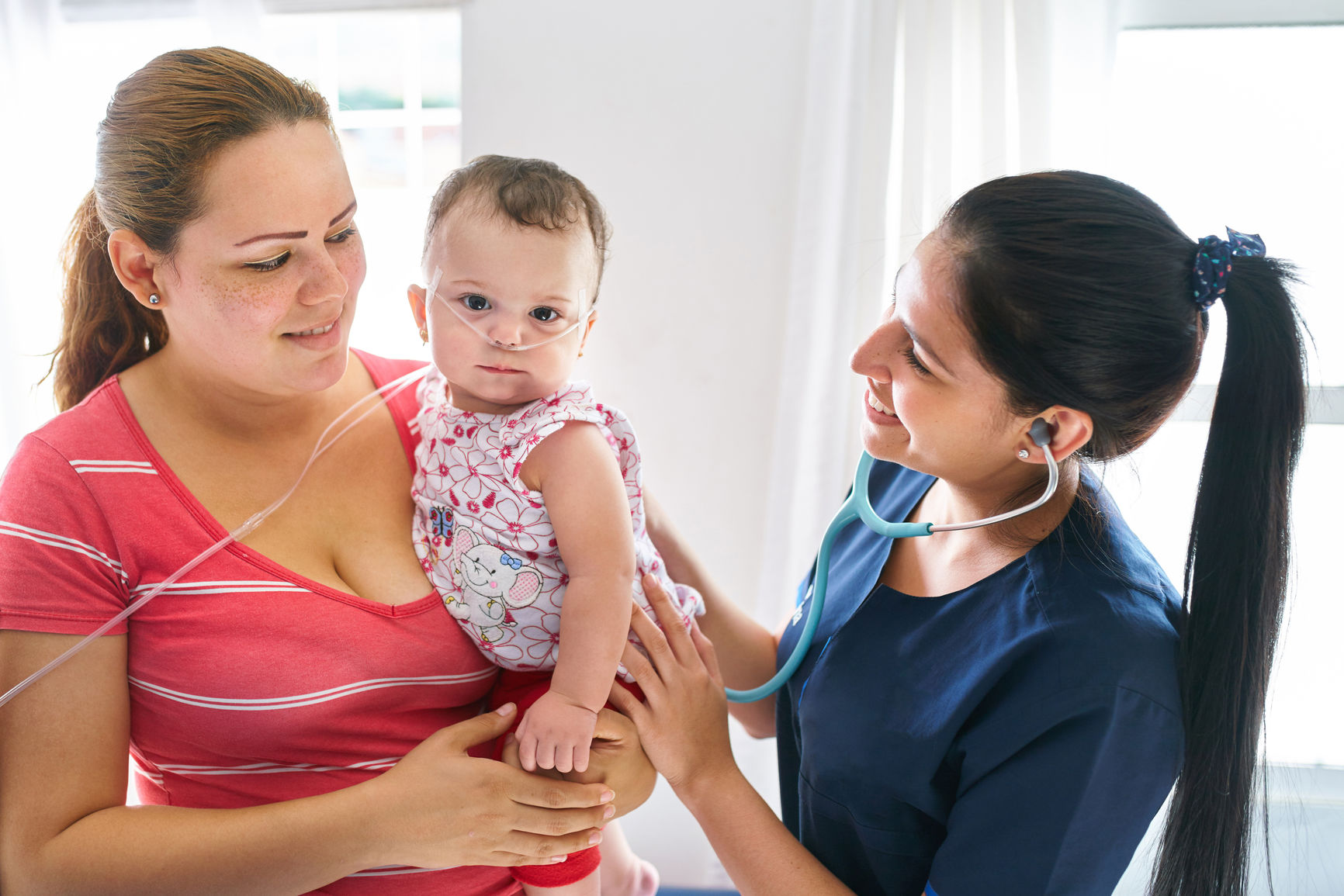-
Around one in six couples face fertility issues, and for many of them, assisted reproductive technology (ART) treatment offers a real chance of having a baby. But it is still not a guarantee.
The success of in vitro fertilisation (IVF) – the most common ART treatment - has improved markedly over the last decade, but it’s still a difficult decision for many couples. It can be particularly difficult if you’ve tried before. IVF can be physically and emotionally draining, and there are usually considerable costs involved.
Understanding the chance of success is an important part of making a decision about IVF, but for a long time the only data available on ART birth rates has been for single treatment cycles. In other words, the success of each IVF attempt, regardless of previous attempts.
Thanks to new research published in the Medical Journal of Australia, however, couples can get an understanding of their chances of having a baby over multiple treatment cycles.
What did the research show?
The study – led by the University of New South Wales - followed more than 56,000 women from Australia and New Zealand through their assisted reproductive journey.
It’s the first time data has been collected in this way, and showed that many are successful the second, third and fourth time around.
It found the chances of a live birth conceived through IVF are highest in the first full treatment cycle, with a live birth rate around 32 per cent for all mothers. The full treatment cycle includes ovarian stimulation, egg retrieval and can include a number of embyo transplants, depending on whether they are successful or not.
By the second and third full treatment cycles, the birth rate decreased to around 24 per cent and 19 per cent respectively.
It means the cumulative birth rate over three treatment cycles is somewhere between 50-59 per cent, and could be as high as 77 per cent by the eighth cycle. In other words, for all the mothers who started ART treatment, half or more had had a baby by their third full cycle of treatment.
The research also examined cumulative birth rates by age, and reinforces the body of evidence showing the chances of success decrease with age.
The birth rate for women under the age of 35 following the first full treatment was 43 per cent, compared to 10 per cent of women aged between 40-44 years. However, the cumulative birth rate for women between 40 and 44 years of age increased to somewhere between 21 and 38 per cent by the eighth cycle.
What does it mean for people considering ART treatment?
This new research provides more information and transparency for couples considering ART as an option, particularly those considering it for the second, third or fourth time.
It can also provide reassurance to those embarking on treatment for the first time that the chances of having a baby are good – even if it takes more than one treatment cycle.
If you’re having trouble conceiving, and thinking about IVF treatment as an option, there is lots to consider. Read more about what you need to know before you get started.
The chances of conceiving with IVF

-
Innovating for members living with chronic disease
Medibank is supporting our members living with chronic diseases such as heart disease, arthritis, and diabetes, through our CareComplete programs.
-
Medibank’s palliative care at home trial
Giving our customers choice in where they would like to receive their end-of-life care can provide dignity, privacy and help them retain control over the care they receive.
-
How your phone habits affect your sleep
And what it means for your mental health, hormones and more.
-
Medibank trialling haemodialysis at home
Giving members with chronic kidney disease more choice
-
The origins of western and eastern medicine
Two schools of thought explained
-
Almost half of hospital patients are looking for more support
Find out how Medibank is helping.
Subscribe to receive the best from Live Better every week. Healthy recipes, exercise tips and activities, offers and promotions – everything to help you eat, move and feel better.
By clicking sign up I understand and agree to Medibank's privacy policy
